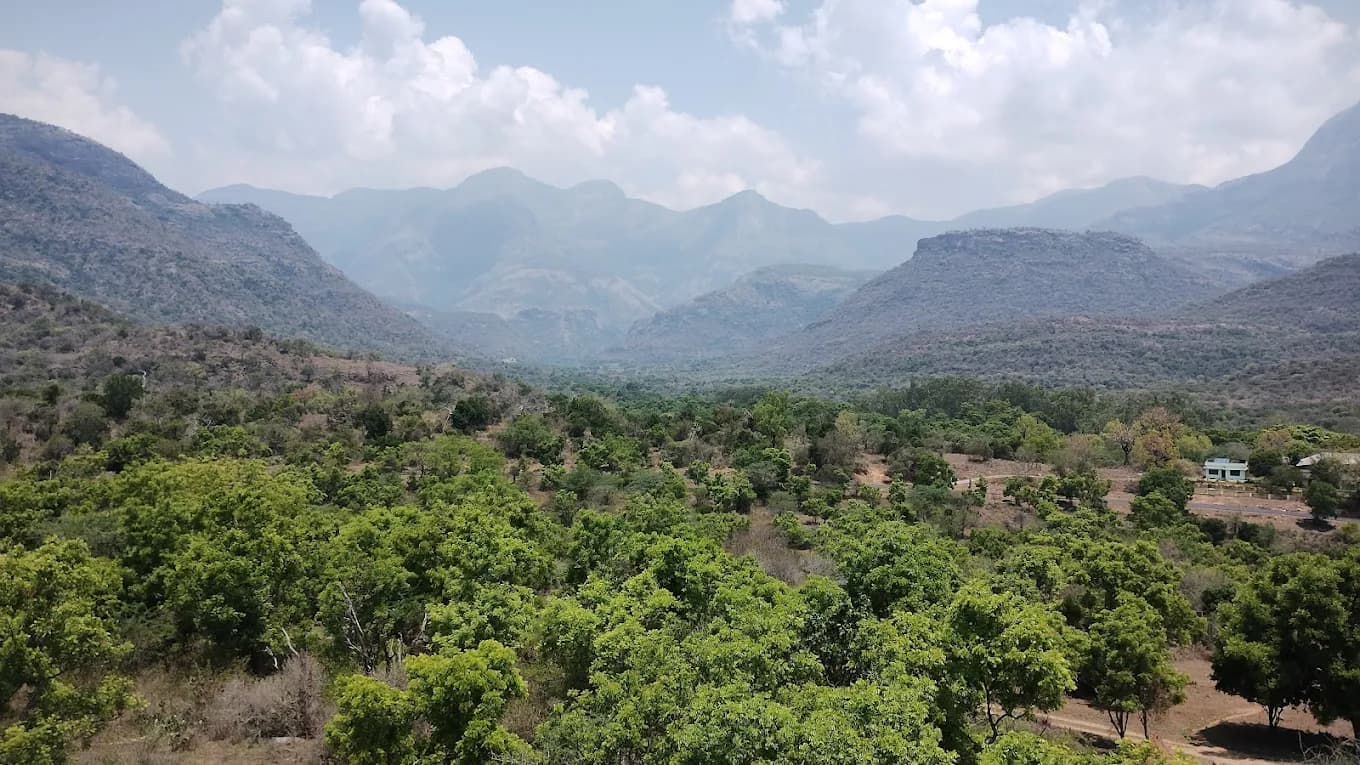Eravikulam National Park represents a profound ecological sanctuary nestled in the Western Ghats of Kerala, embodying a remarkable transformation from colonial hunting grounds to a conservation marvel. The park's landscape tells a nuanced story of environmental preservation, where British planters' historical exploitation gradually evolved into a dedicated mission of protecting unique biodiversity.
The park's ecological significance centers on its extraordinary habitat, characterized by high-altitude grasslands and shola forests that sustain an intricate web of life. At its heart stands Anamudi, South India's highest peak, offering panoramic vistas that capture the region's pristine natural beauty. This terrain serves as a critical refuge for endangered species, most notably the Nilgiri Tahr, whose population has been carefully nurtured from near-extinction to approximately 750 thriving individuals.
Colonial-era interactions fundamentally shaped the park's trajectory, with early European explorers like Colonel Douglas Hamilton establishing agricultural societies that initially viewed the landscape through an extractive lens. The North Travancore Plantation and Agricultural Society's establishment in 1879 marked a pivotal moment, transforming vast tracts of land into tea plantations while inadvertently setting the stage for future conservation efforts.
The park's declaration as a wildlife sanctuary in 1975 and subsequent national park status in 1978 represented a critical watershed moment in environmental protection. This transition was not merely administrative but reflected a profound philosophical shift toward recognizing intrinsic ecological value. Naturalists, scientists, and local communities collaborated to reimagine the landscape as a sanctuary rather than a resource to be exploited.
Unique natural phenomena distinguish Eravikulam, with the rare Neelakurinji flowering—occurring merely once every twelve years—symbolizing the park's extraordinary botanical richness. This spectacular event transforms entire hillsides into a mesmerizing canvas of blue-purple blooms, attracting researchers and nature enthusiasts from across the globe. Such occurrences underscore the park's significance beyond mere conservation, representing a living testament to nature's cyclical wonders.
Wildlife diversity extends far beyond the iconic Nilgiri Tahr, with the park hosting a remarkable array of species including Indian muntjacs, leopards, and numerous endemic flora. The intricate ecosystem of shola-grassland complexes provides critical habitats that support this rich biodiversity, making Eravikulam a microcosm of the Western Ghats' ecological complexity.
Modern conservation strategies at Eravikulam focus on intensive habitat management and controlled eco-tourism. Trekking routes like Rajamalai offer controlled access, allowing visitors to experience the park's magnificence while minimizing ecological disruption. These carefully designed interventions reflect a sophisticated understanding of balancing human interaction with environmental preservation.
The park's narrative transcends mere geographical boundaries, representing a broader story of ecological awakening. From its origins as a colonial hunting ground to its current status as a biodiversity hotspot, Eravikulam National Park embodies the potential for environmental regeneration and the critical importance of sustained conservation efforts.









